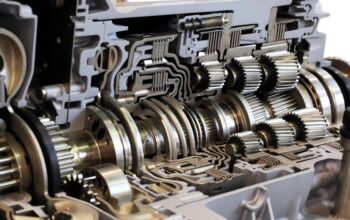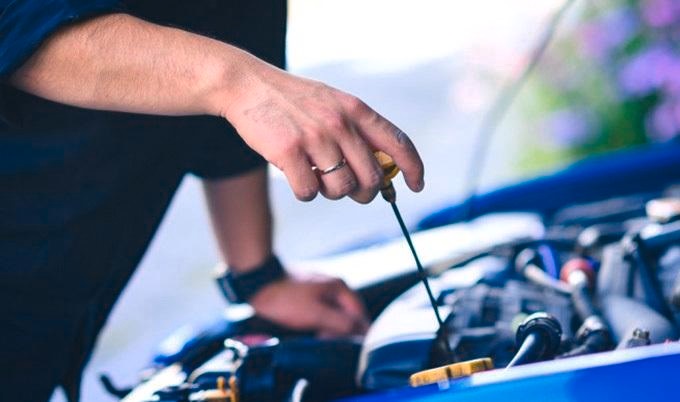The steering and suspension systems of your car depend heavily on tie rod ends. They allow for smooth turning and alignment maintenance by connecting the steering rack to the wheels. Tie rod end issues can jeopardize handling and safety, therefore prompt diagnosis and repair are crucial. You may avoid expensive repairs and possible mishaps by knowing how to spot these problems and knowing when to seek professional help.
Identifying Tie Rod End Problems
Identifying the symptoms is the first step in identifying tie rod end issues. Uneven tire wear is among the most typical indicators. Uneven tread patterns might result from wheels that are misaligned due to worn or damaged tie rod ends. Additionally, especially at higher speeds, drivers may experience vibrations in the steering wheel. This frequently means that the tie rods are damaged or loose, which causes instability.
A clunking or knocking sound made when turning or going over bumps is another important sign. The tie rod ends’ excessive play, which prevents them from maintaining a tight connection, is the source of this sound. Another warning sign that the tie rod ends aren’t working properly is steering difficulty or a straying steering wheel.
Carrying Out a Simple Inspection
You can carry out a simple examination to verify possible tie rod end problems. To begin, use a jack to raise the vehicle’s front end and use jack stands to secure it. By holding onto the tire and shifting it from side to side, you can manually check for looseness. An issue with the tie rod ends is indicated by excessive play or clicking sounds. When the tie rod ends are visually inspected, wear indicators like rust, grease leaks, or torn rubber boots can also be seen.
These checks by the Auto Repair in Downingtown, PA need some mechanical understanding, but they can yield insightful information. A misdiagnosis may result in needless fixes or the neglect of important problems. For the majority of drivers, seeking professional advice is the safer option, particularly if the issue continues or gets worse.
When to Seek Professional Advice
Since tie rod ends have a direct impact on vehicle safety, professional assistance is essential. It is time to get professional assistance if you observe any of the signs listed or suspect a problem during a do-it-yourself inspection. Certified mechanics has the equipment and know-how necessary to conduct a comprehensive examination, correctly identify the issue, and provide the best solution.
Conclusion
To guarantee appropriate steering and tire wear, replacing tie rod ends also necessitates exact alignment modifications. To get the best outcomes, professionals use sophisticated alignment equipment, which is challenging to accomplish without specialist gear. In addition to improving your car’s performance, prompt professional attention to tie rod end problems guards against more serious and expensive damage to the steering and suspension systems.







